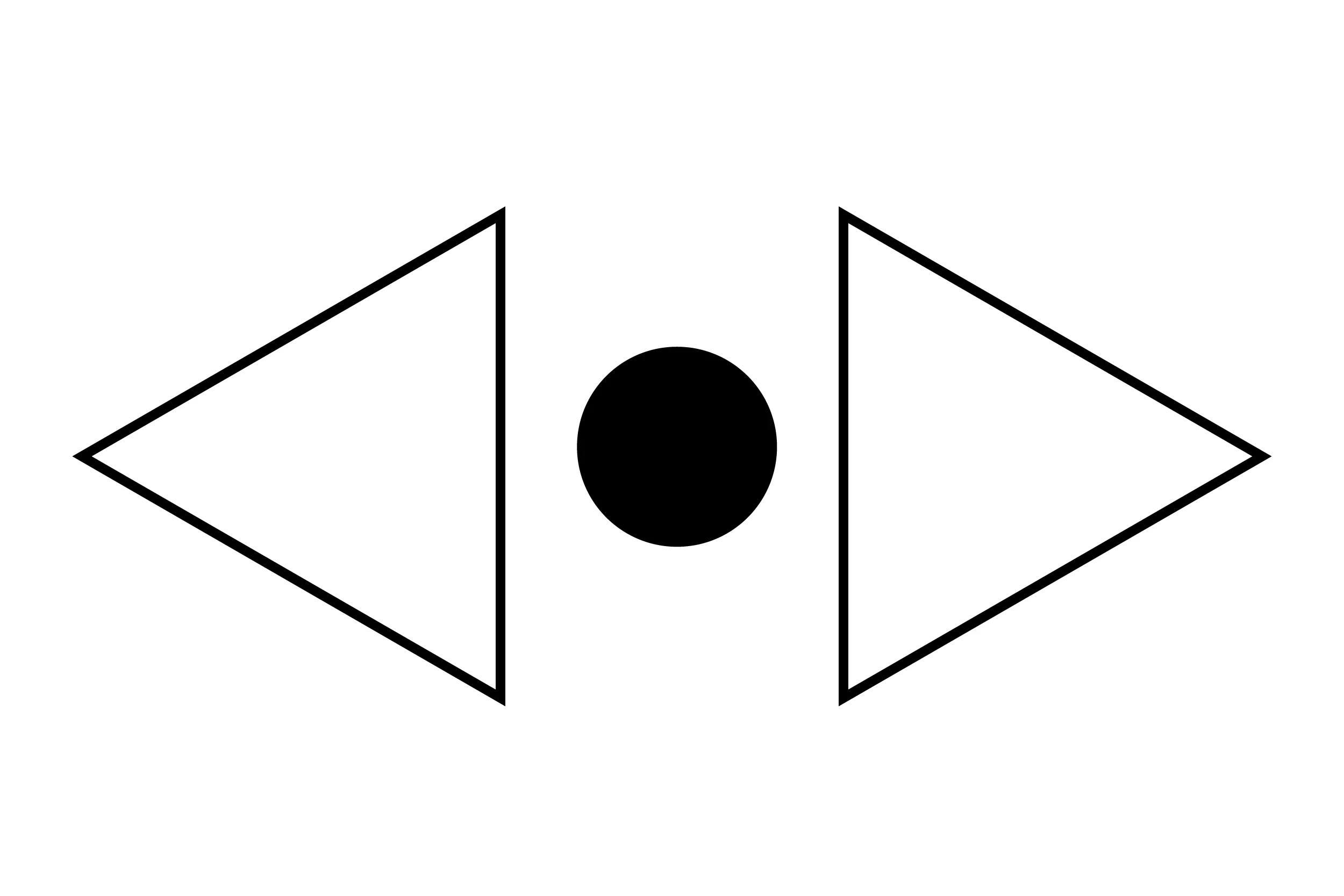Front. Neurosci., 25 February 2022 | https://doi.org/10.3389/fnins.2022.738865
More Than Meets the Eye:
Art Engages the Social Brain
Janneke E. P. van Leeuwen 1,2*, Jeroen Boomgaard 3, Danilo Bzdok 4, Sebastian J. Crutch 1 and Jason D. Warren 1*
1 Dementia Research Centre, UCL Queen Square Institute of Neurology, University College London, London, United Kingdom
2 The Thinking Eye, ACAVA Limehouse Arts Foundation, London, United Kingdom
3 Research Group Art and Public Space, Gerrit Rietveld Academie, Amsterdam, Netherlands
4 Department of Biomedical Engineering, McGill University, Montréal, ON, Canada
*Corresponding authors
Abstract
Here we present the viewpoint that art essentially engages the social brain, by demonstrating how art processing maps onto the social brain connectome—the most comprehensive diagram of the neural dynamics that regulate human social cognition to date. We start with a brief history of the rise of neuroaesthetics as the scientific study of art perception and appreciation, in relation to developments in contemporary art practice and theory during the same period. Building further on a growing awareness of the importance of social context in art production and appreciation, we then set out how art engages the social brain and outline candidate components of the “artistic brain connectome.” We explain how our functional model for art as a social brain phenomenon may operate when engaging with artworks. We call for closer collaborations between the burgeoning field of neuroaesthetics and arts professionals, cultural institutions and diverse audiences in order to fully delineate and contextualize this model. Complementary to the unquestionable value of art for art’s sake, we argue that its neural grounding in the social brain raises important practical implications for mental health, and the care of people living with dementia and other neurological conditions.
Closer collaborations between artists, (arts) educators and social cognitive neuroscientists are needed to investigate the materiality and experiential dimensions of art production and engagement and unpack big concepts like “aesthetic response” and “creativity”—to get at their neural building blocks so we can better understand them. But alongside the deconstruction and reductionism that neuroscience seeks, this process also needs reintegration, to capture our experience of art in the world at large. VTS, for example, offers a non-directive method to engage audiences with art from their personal perspective in a social setting and is ideally placed to further elucidate how art engages the social brain.
Link to article:
https://www.frontiersin.org/article/10.3389/fnins.2022.738865
